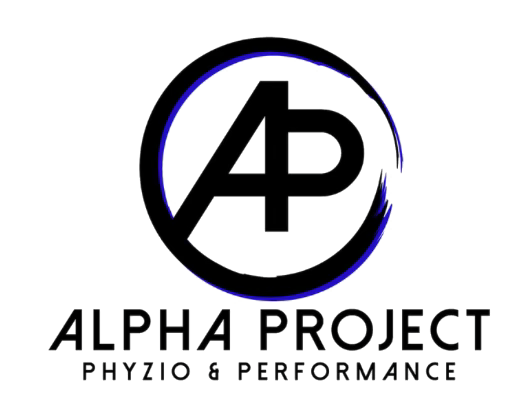The Tailbone: A Real Pain in the Butt!
The tailbone can be a real pain in the butt for many people. Commonly, this is especially true with prolonged sitting and bending over. The truth is most people just don’t know what to do about their tailbone. You can sit on a donut pillow and avoid sitting too much, but that is not directly targeting the source of the pain.
Some people have tailbone injuries from a hard fall down the stairs or slipping on ice. Some people suffered a tailbone injury during childbirth. Unfortunately outside of pelvic floor physical therapy there is not much you can do about it. You do not hear about tailbone surgery or tailbone casts.
The tailbone is directly addressed in pelvic floor physical therapy both internally and externally. This combination provides the most effective method for truly relieving symptoms and keeping them away for good.
Internal treatment: the tailbone can be palpated internally through either the vaginal canal or rectal canal. There is a muscle called the coccygeus that attaches from the pelvis to the tailbone as seen below highlighted in green. This muscle is often not happy and can be gently worked on internally. In many cases some of the other muscles shown on the image below also benefit from internal work. Targeting the coccygeus is often key to relieving tailbone pain.
External treatment: There are also external components to address as you are not just a tailbone, you are a whole person. The external components can include pelvic floor muscle stretching to further relax the pelvic floor muscles. Strengthening of the gluteal muscles and hip muscles is also important. If these external muscles are not doing their job to support the pelvis, then the internal pelvic floor muscles will be over-stressed. Also, overall posturing is important as this contributes to pressures when sitting and overall pelvic floor function.
Tailbone pain is best treated with both internal and external components. Again, you are not defined by your tailbone, you are a whole body and a whole person. If you have tailbone pain and are ready to solve your problem, reach out to us and speak with one of our pelvic floor experts today by clicking below!

